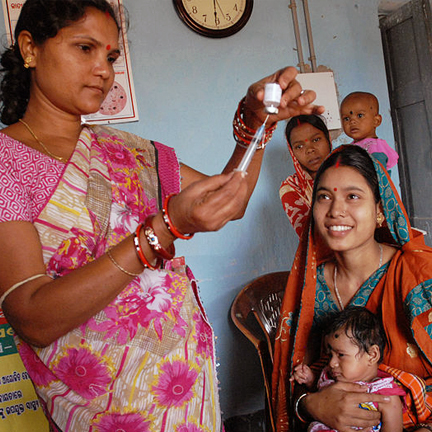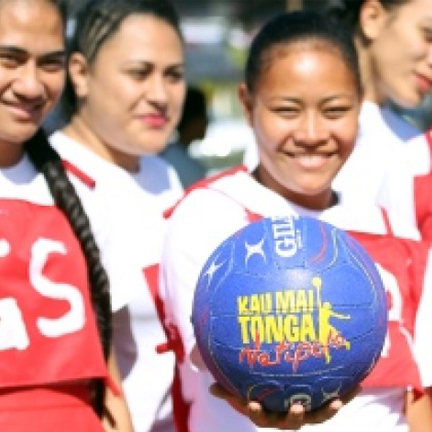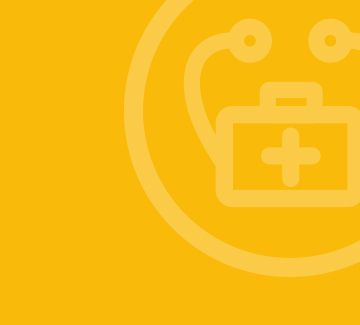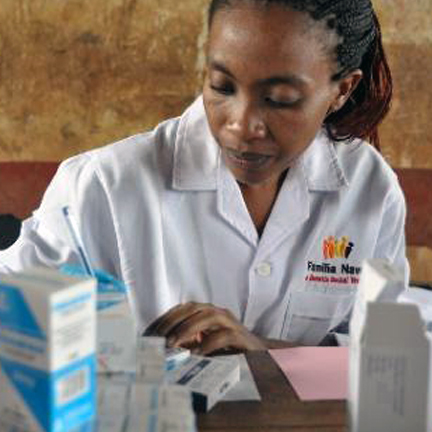Ensure Health for All
Healthy girls and women are the cornerstone of healthy societies. Provide girls and women access to health throughout their lives and they will deliver a healthier and wealthier world for all.
In order to respond to the needs of all girls and women throughout their life cycle, health systems must provide services across a women-centered continuum of care. Women-centered care should be inclusive of all women from infancy to old age, it should emphasize patient empowerment, strong relationships with healthcare providers, and focus on strengthening healthcare systems that account for the heterogeneity and vulnerability of the population.
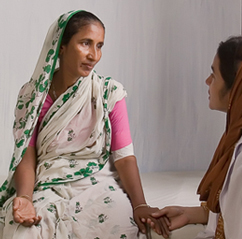
Need Evidence
and Strategies?
-

3 billion people do not receive the health services they need
-

100 million people are impoverished by the cost of healthcare
-

HIV infections are 44% higher among young women (aged 15 – 24 years) than they are among young men in the same age range
-
Vaccinating against the human papilloma virus (HPV) costs just $10-$25 per person and would avert more than 3 million cervical cancer deaths
-
Reducing the mortality rate for ischemic heart disease and stroke by 10% in the developing world would save $25 billion per year
Investing in girls and women creates a ripple effect that yields multiple benefits, not only for individual women, but also for families, communities, and countries. Improving mechanisms for prevention, screening and treatment of NCDs is critical to achieving better health outcomes. For example, addressing gestational diabetes will not only improve maternal and newborn health now, it will also prevent the onset of type 2 diabetes and other associated NCDs in women, their babies, and subsequent generations.
Solutions in Action
-
ASHA – Women as Community Health Workers in India
India’s National Rural Health Mission was launched in 2005, aiming is to provide every village in the country with a trained female community health activist Accredited Social Health Activist (ASHA). ASHAs serve as a link between their own community and the public health system. As community health activists, ASHAs provide prevention education on a range of health issues, including reproductive and sexual health, and healthy lifestyles to prevent diabetes and other NCDs. -
DREAMS Project Aims for an AIDS-Free Generation
The DREAMS project aims for an AIDS-free generation. Across sub-Saharan Africa, girls and young women make up 71% of new HIV infections among the adolescent population. Launched in February 2016, the DREAMS (Determined, Resilient, Empowered, AIDS-free, Mentored, and Safe) partnership aims to reduce the high incidence of HIV infections among girls and young women in ten countries (Kenya, Lesotho, Malawi, Mozambique, South Africa, Swaziland, Tanzania, Uganda, Zambia, and Zimbabwe) through integrated efforts. DREAMS’ holistic approach includes a core package inclusive of health and issues outside of the health sector and addresses the structural drivers that impact HIV risk in girls, such as poverty, gender inequality, sexual violence, and education. The following six areas serve as a focus for the project: strengthening capacity for service delivery; keeping girls in secondary school; linking men to services; supporting pre-exposure prophylaxis; providing a bridge to employment; and applying data to increase impact. -
-
Promoting Physical Activity Among Women in Tonga
The Ministry of Health and the Ministry of Internal Affairs in Tonga sponsored a campaign to combat sedentariness and obesity among girls and women. In partnership with the Tonga Netball Association (and support from the Australian Sports Outreach Program), the campaign — Kau Mai Tonga: Netipol (Come on Tonga, let’s play netball!) — used netball as a means of encouraging activity. Guided by the Tonga National Strategy to Prevent and Control Non-Communicable Diseases (2010–2015), the campaign employs community mobilization, large-scale advertising, communication, and interpersonal education. Since the launch in 2012, the participation of women in the sport has increased (with more than 20 registered netball clubs) and the participants know more about the benefits of physical activity. -
Social Business Initiatives to Improve Access to Essential Drugs in Kenya
Governments are increasing their partnerships with drug manufacturers for mutual gain. These alliances, known as social business interventions, pair commercial partners with governments or non-profit organizations. In 2012, the Government of Kenya teamed with a pharmaceutical industry partner, Novartis, to launch the Familia Nawiri program to increase access to essential drugs for otherwise under-treated conditions (including hypertension and diabetes) in the poorest communities. Community health educators, often women, played a pivotal role in community engagement and linking community members with healthcare providers for care and access to medicines.
Policy Asks
-
Eliminate legal, financial, social, and institutional barriers that prevent access to comprehensive health services for girls and women, including age of consent for accessing services.
-
Set and meet national targets across girls’ and women’s health and wellbeing needs — including sexual and reproductive health, as well as communicable and noncommunicable diseases.
-
Focus efforts toward more integrated, women-centered care to address the needs of girls and women along the life cycle.
-
Build the capacity of health workers and address health worker shortages and general well being, particularly in rural and underserved areas and in emergency and conflict settings.
-
Build and disseminate evidence of the impact of women-centered care.
-
Maintain accessible health information with life-long individual medical records.
-
Promote all girls’ and women’s involvement in sport as a critical way to foster wellbeing and healthy behaviors.

